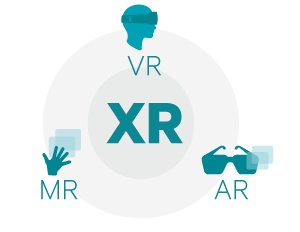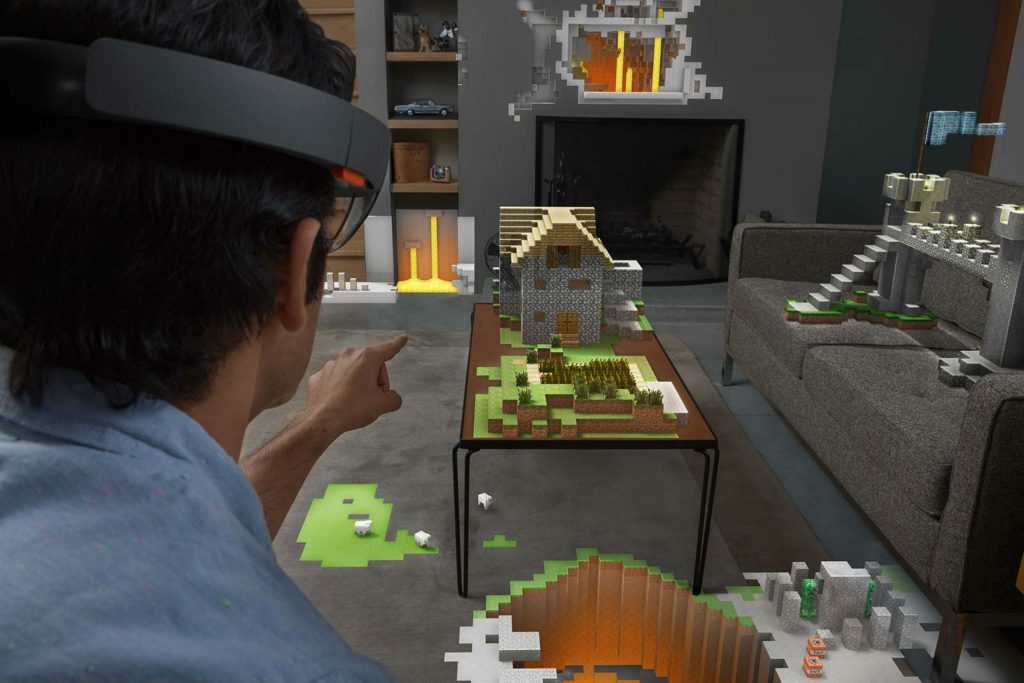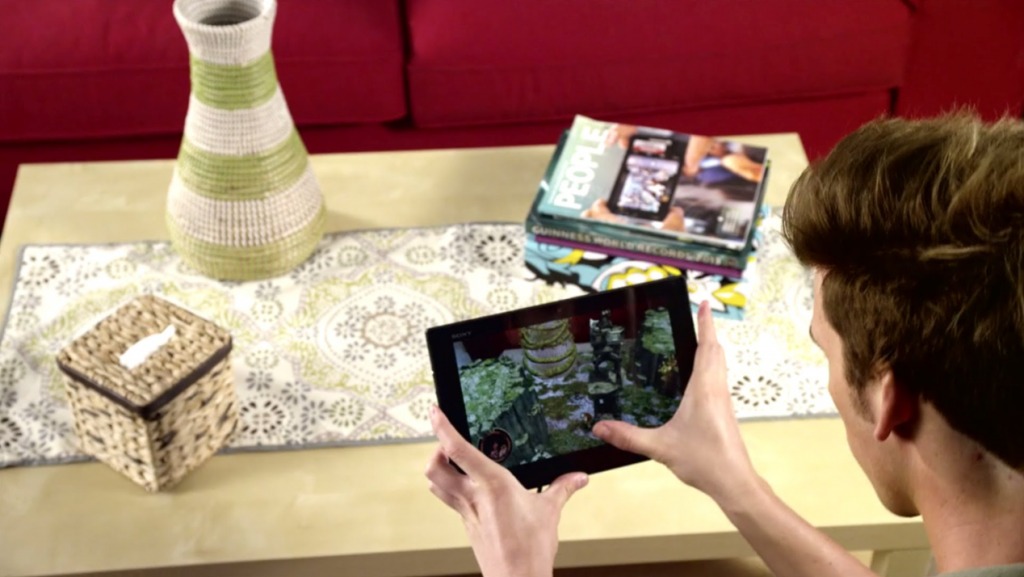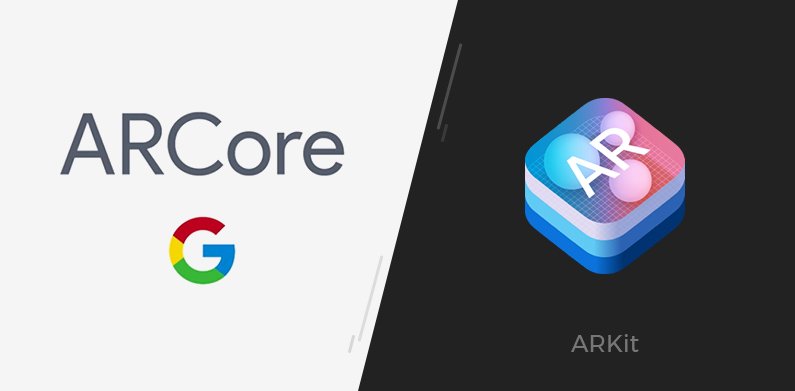Unity As The Best Tool For XR Development
“The world of AR and VR is ultimately going to be as big as the Internet.”
John Riccitiello
the CEO of Unity Technologies
XR industry
The VR, AR and MR markets are scaling up, growing fast. For example, according to International Data Corporation (IDC), worldwide revenues for the AR and VR markets will grow to more than $162 billion in 2020. To put that into perspective, the revenue for these markets in 2016 is around $5.2 billion.
So what is XR?

XR, or Extended Reality, is a combination of the real and virtual worlds and human-machine interaction. XR is an umbrella term encapsulating Augmented Reality (AR), Virtual Reality (VR), mixed reality (MR), and everything in between. It will transform everyday consumer experiences and many markets including industrial manufacturing, healthcare, education and entertainment.
Virtual reality creates a digital environment that replaces the user’s real-world environment. It’s a 360-degree experience – a step beyond the traditional rectangular screen.
Augmented reality overlays digitally-created content onto the user’s real-world environment.

Mixed reality seamlessly blends the user’s real-world environment and digitally-created content where both environments can coexist and interact with each other.
VR and AR, in fact, are a new paradigm of the interaction between man and machine. So XR development is not the same as creating products for desktop or mobile gaming. It requires knowledge and research into the user-experienced comfort while using your product; interface, movement, interaction, graphics details and sound are different from “traditional” development. As a game development company, we have experience with VR and AR development with Unity.
Why Unity for VR/AR Development?
As the leading development IDE for AR and VR with full cross-platform support, Unity enjoys a unique perspective on the market.
Unity, especially after the 2017 version release, has built-in support for numerous platform-specific features and versatile VR/AR API. It includes the maintenance of almost all VR platforms. Native support for Oculus Rift, Steam VR/Vive, Playstation VR, Gear VR, Microsoft HoloLens, and Google’s Daydream View is available “from the box.” More than 91% of Hololens applications and 64% of mobile AR apps are made with Unity. This is a good indicator of engine movement in the MR direction.
Besides, Unity is perfectly tooled for creating cross-platform applications. It takes only a few clicks to make a structure for another platform.
Unity extensibility also allows any third-party hardware manufacturer to develop their own plugins and SDKs. You won’t get all the benefits of our highly optimized pipeline, but you can still use Unity to create an impressive VR/AR experience. Third-party plugins already available include the Cardboard SDK for Unity, OSVR, MergeVR, Vuforia, ARKit and ARCore.
Plus, Unity is good for non-game development like education, healthcare, and industrial training. For example, the engine supports 3D compositing, occlusion, and real-time rendering, which marks an incredible moment for 360 filmmakers and game makers allowing them to easily create 360 films with 3D objects or turn 360 environments into interactive worlds. Facebook Spaces (a platform that displayed the vision of Social VR) is also being built with Unity.
The Unity Asset Store service can help you speed up and simplify development. It includes assets, starting from programming modules to art and sound. Unity also announced Virtual Room,a new type of interactive advertising, it plans to roll out later this year.
Vuforia

As a leader in the AR/MR space, Vuforia collaborates with Unity to help developers use augmented reality as a cross-platform SDK for Android, iOS, UWP and digital eyewear. From Unity 2017.2, Vuforia is delivered with the Unity Editor. It can use images and real objects as targets for placing content and tracking in the real world.
ARKit and ARCore

A big surge in AR-development is expected immediately after the release of these SDKs. ARKit and ARCore greatly simplify the creation of AR-applications thanks to the excellent recognition of surfaces, not to mention the extensive user base of devices on which they will be available.
Conclusion
As you can see, with so many advantages, Unity3D simply should be your only choice for XR development. This solution is perfect for the development of Mobile as well as Standalone projects.